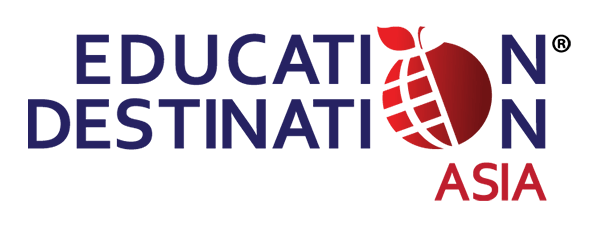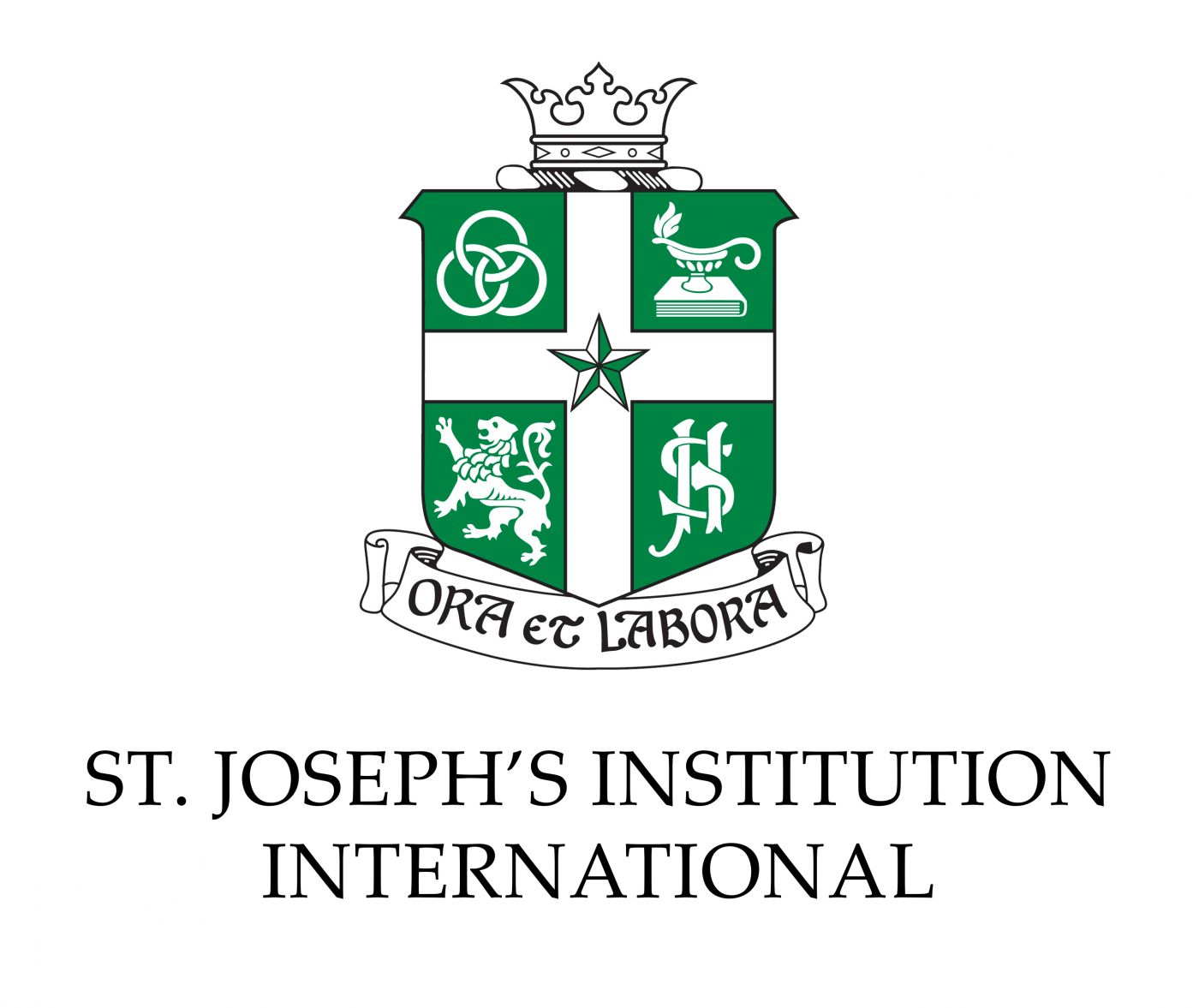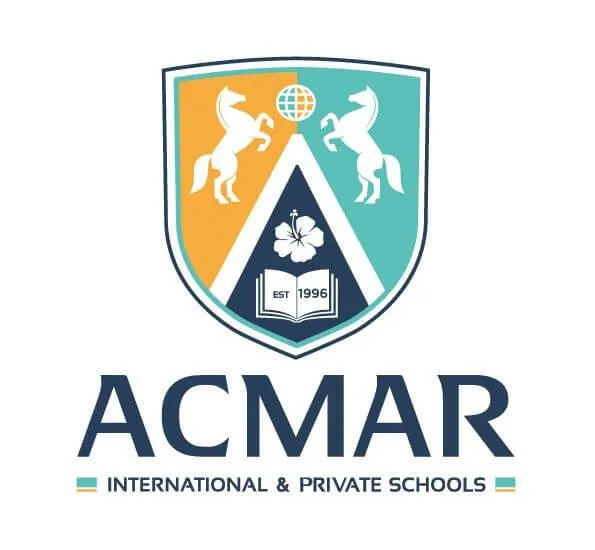The Australian Curriculum aims to provide world-class education in Australia and beyond by introducing knowledge, understanding and skills needed for life and work in the 21st century and setting high academic standards. The key elements of the curriculum are continuously updated to reflect what students of today need to be taught and the level of learning expected from them. In a nutshell, the Australian Curriculum delivers education via key learning areas and general capabilities.
What is the Australian Curriculum?
The Australian Curriculum was introduced in the 1940s and was modelled after the British Curriculum that strongly focused on content. Knowledge was considered the most powerful tool in this post-war era. It was important for the curriculum to be consistent in all countries under the British Empire.
Today, the Australian Curriculum is defined as a rigorous and holistic programme for students from Foundation to Year 10 who then go on to complete the New South Wales Higher School Certificate (HSC). Students are provided with opportunities to explore their areas of interest and expertise, extend their knowledge and understanding, and excel in an internationally-recognised Senior Certificate. The HSC opens up pathways for students to pursue their studies at universities in Australia, the United Kingdom, the United States, Canada, New Zealand and other countries around the world.
What subjects are covered?
Students in Kindergarten to Year 5 will learn thinking, understanding, competence and confidence with numbers, shapes and measurements. From Year 6 to Year 8, a strong emphasis is placed on nurturing a caring community that focuses on fully developing the individual potential of all students in a supportive and academically challenging environment. The curriculum provides challenging standards, skills, creativity and flexibility to help students grow towards self-reliance and being responsible citizens in a global society.
Next, students from Years 9 to 12 have more freedom to choose the subjects they wish to study. Across Year 11 and Year 12, students study a breadth of subjects which must include English. Students can choose from a variety of subjects in the areas of science, mathematics, business, performing and visual arts, physical education, technology and modern languages.
Universities have commended the HSC curriculum for ensuring that students demonstrate skills and capabilities across at least five subjects and, most commonly six subjects, in the lead up to their first tertiary placement.
Structure & Format
Generally, students start their formal education at the age of five and enter Kindergarten. This represents the entry point for 13 years of schooling culminating with the awarding of the Higher School Certificate (HSC) at the end of Year 12 (age 18). This qualification can be used to gain entry into institutions all over the world.
The curriculum is divided into eight Key Learning Areas (KLAs) which are English, Mathematics, Science, Health and Physical Education, Humanities and Social Sciences, The Arts, Technologies and Languages. A number of subjects have the last four KLAs embedded in them to reflect custom and practice in the discipline.
What is the aim of the curriculum?
The Australian Curriculum is a flexible and challenging curriculum that meets the needs of a mobile and globally focused, multi-cultural community. It is highly accessible and believes that:
- each student can learn, and that the needs of every student are important;
- each student is entitled to knowledge, understanding and skills that provide a foundation for successful and lifelong learning;
- high expectations should be set for each student; the needs and interests of students will vary, and that the curriculum will be adapted in ways that respond to those needs and interests.
How is the grading system and requirements for graduation?
Assessments are continuous throughout the school period and include mid-year and year-end formal exams. School reports are issued at the end of every term. Term 1 and 3 reports provide a brief overview of the student’s progress. Terms 2 and 4, which are end-of-semester reports, are more in-depth and provide detailed information on student progress, achievement and areas for improvement.
In the final years of schooling, assessment is divided into two components; 50% of the overall grade comes from a final examination set and marked in Australia, and the other 50% comes from school-based assignments, examinations and projects. This gives students opportunities to be assessed in a range of ways other than solely by external examinations. Students are able to maximise their grades which leads to the opening of more pathways for international tertiary education.
Benefits/Advantages of the Australian curriculum?
The Australian Curriculum aims to mold each child to be a competent and well-functioning and communicating adult as well as preparing them to take their place in tertiary study or in the workplace. That is, the learning experiences in each subject at each year level not only develop skills for higher learning, they also foster the development of life skills, behaviours and dispositions that will assist the students to navigate a complex and dynamic world.
In addition, the curriculum revolves around seven general capabilities which are intercultural understanding, literacy, numeracy, ICT capability, critical and creative thinking, personal and social capability and ethical understanding.
Click here to find schools that offer the Australian Curriculum!






























